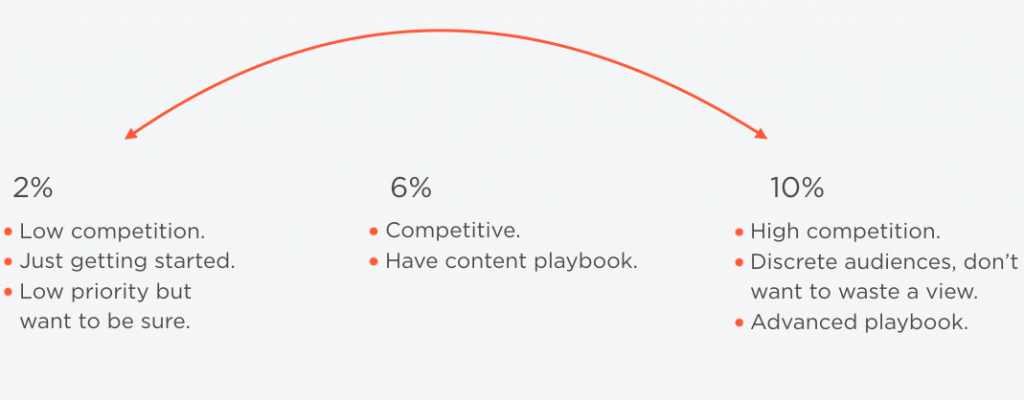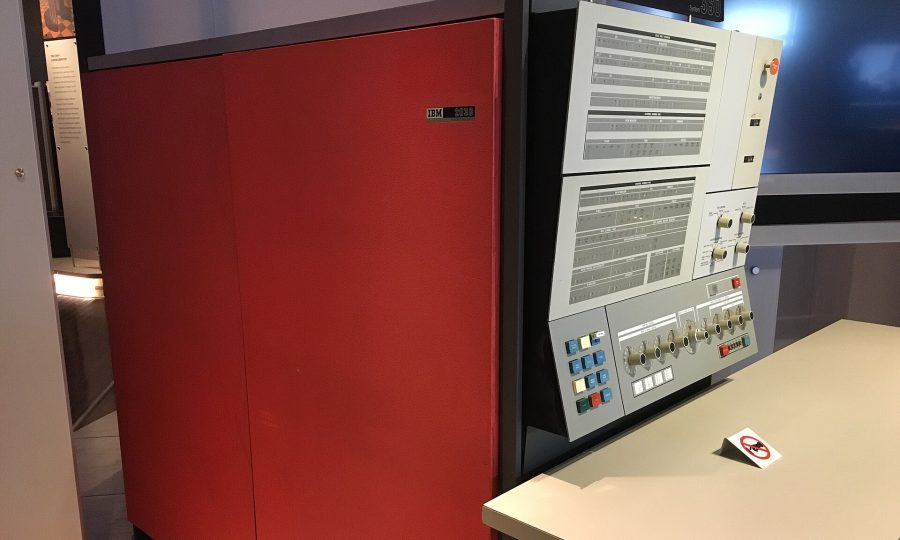This is a question that many marketers are ask themselves. In a world where technology spend is trending towards half of marketers budgets, it’s not surprising that clarity is needed.
A key finding is that top performers invest as much as 5x more than their peers in measurement.
McKinsey recently published new research findings, stating that organizations that deploy the most technology appear to be the most successful. At first glance, this might seem somewhat illogical (as adding more technology into current infrastructures lead to more complexities and therefore increases the risk of things breaking). Yet, it is true. The organizations with successful digital transformations are likelier than others to use more sophisticated technologies.
This mirrors findings from Neustar’s study, which suggests that the most effective marketers take a more granular focus across their entire marketing investments and dedicate more staff and technology resources to the development of data, analytics, and models.
Tony Pace, former Subway CMO, and Marketing Accountability Standards Board Chair, put it:
Marketers need to start thinking about the data they collect on their marketing efforts as a line item on the balance sheet and use it to fuel further marketing growth. It’s oxymoronic to think you can cut non-working dollars and reallocate it to working-dollars to achieve higher marketing performance.
This post is designed to be helpful in planning and evaluating budgets.
How much should you invest?
From a top line perspective on content, we believe that you should be investing around 2-3% of your overall budget into technology measurement.
At the other end of the rainbow, we have Neustar’s findings from exploring the behaviors of top marketers, where they found that the top 25% spend 10% or more.
So, why the difference? Neustar is looking broadly across all marketing activity.
This provides brands with a spectrum to look at in assessing their budgets.

That way brands can understand where they sit on the spectrum of investment.
Considerations for why you’d be higher on that spectrum
There could be several reasons for why a brand would end up on this end of the spectrum,
- Some brands are right on the cusp of needing new technology but don’t quite have the scale to bring the spend down.
- For B2B or marketers with discrete audiences, each user is very valuable, which means it makes sense to spend more on measurement. Here, it is the utmost importance that they work their marketing investments as hard as they possibly can.
- More ‘mature’ brands with advanced playbooks tend to invest more, which is precisely what the Neustar study reflects.
- Brands that experience a high level of competition, can’t afford to let the competition ‘win’. They need to do what they can to remain competitive.
In many ways, the level of investment is correlated to the level of performance.
Considerations for why you’d be lower than 10%
- Brands here are usually in the early stages of marketing maturity, and are just starting to ‘figure it out’, and/or they’ve got a playbook, but it’s not that advanced yet.
- Brands with low competition tend to spend less, as they’ve got fewer external pressures forcing them to stay ahead of the game, and might also mean it’s lower on their priority list.
- Part of a bigger organization where the investments are spread across multiple departments or brands.
- Grandfathered pricing could be another reason; brands that are existing customers continue paying the same price for their solution, while the new pricing applies to new customers.
- Someone made a mistake and didn’t allocate enough! 😉
Ways to increase your ROI on measurement
There are a few simple questions you should ask yourself:
- Are we measuring the right things? I.e. what are the tangible outputs that help us deliver a better experience or shift the needle.
- Evaluate how the data is used in-house, you may need to refine your process.
- What actual changes have we made based on measurement results?
With Nudge, we see that with just one round of iteration, brands can improve their return at least 20%. Some customers even see up to 80% straight away, whether that’s attention, scroll, brand lift, conversion, purchase intent. An example of how smart technology investment lifts performance of the whole budget.
Should this investment be across the content spend or the distribution (i.e. media) spend?
This can be a blurry question. It should be across ALL of the investment. Marketing + content + content-related media together. Including the team and resource cost. It should be an accurate reflection of the inputs into it.
Hopefully, this article has been helpful in finding where you should sit on the measurement investment spectrum.

|
|---|



